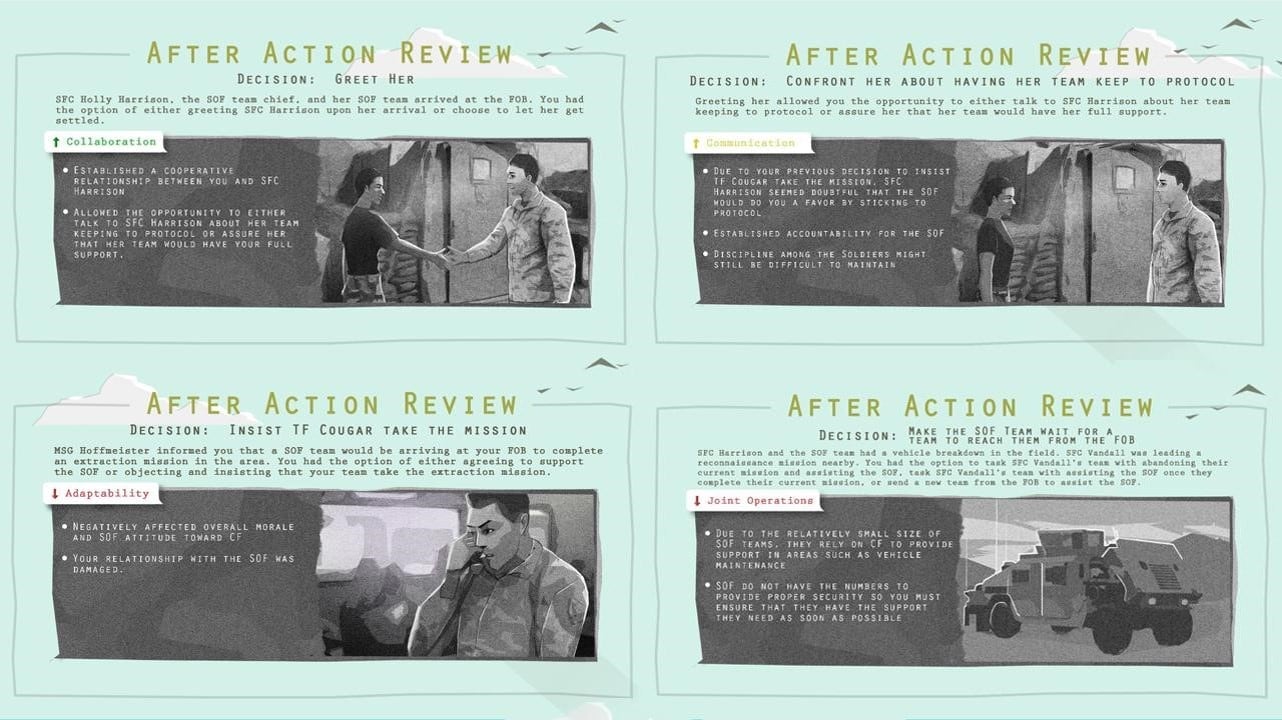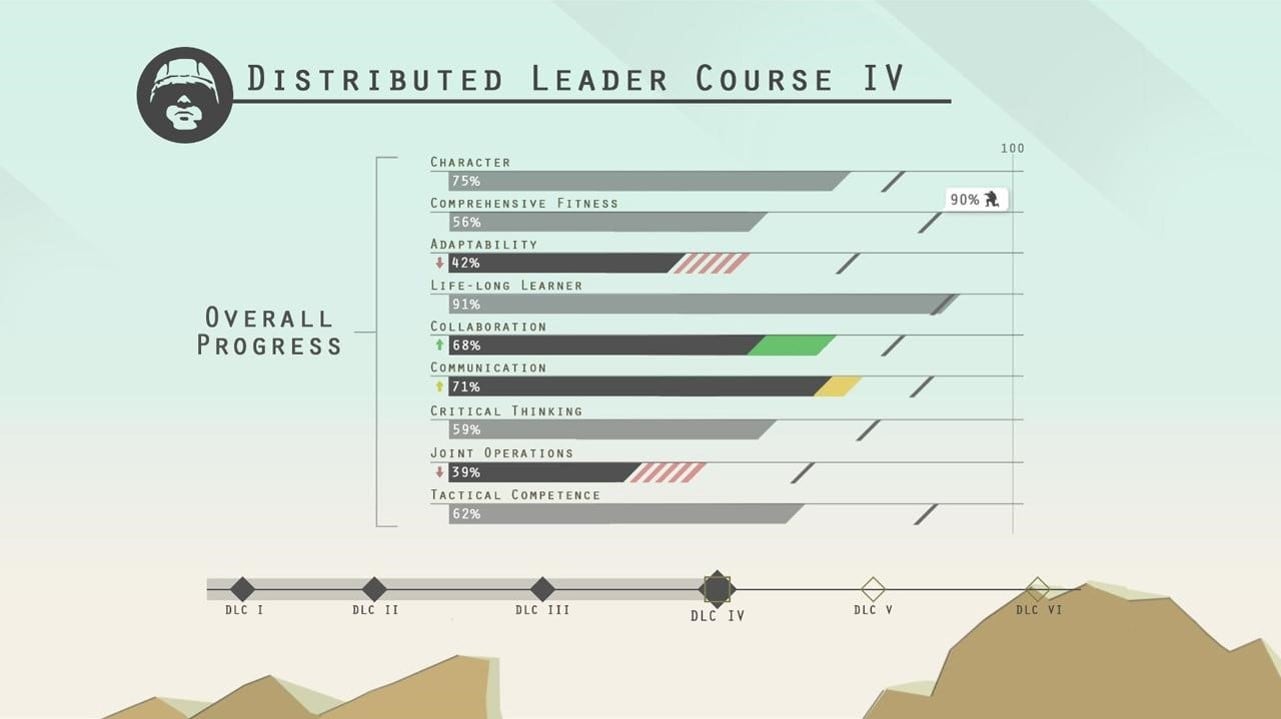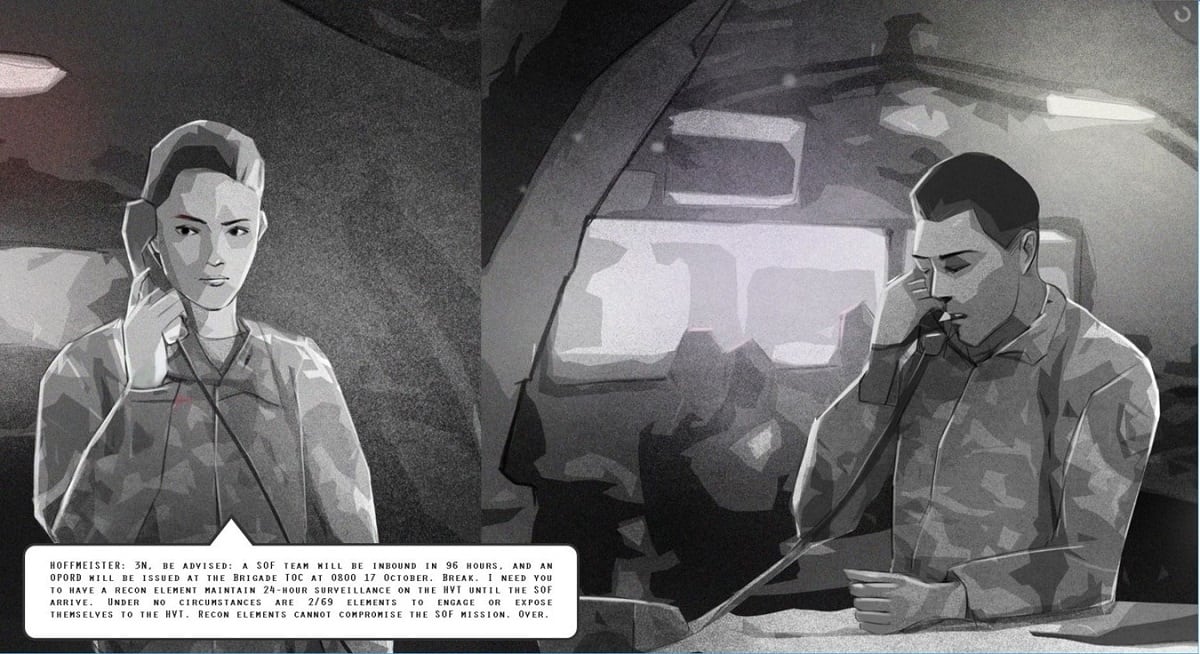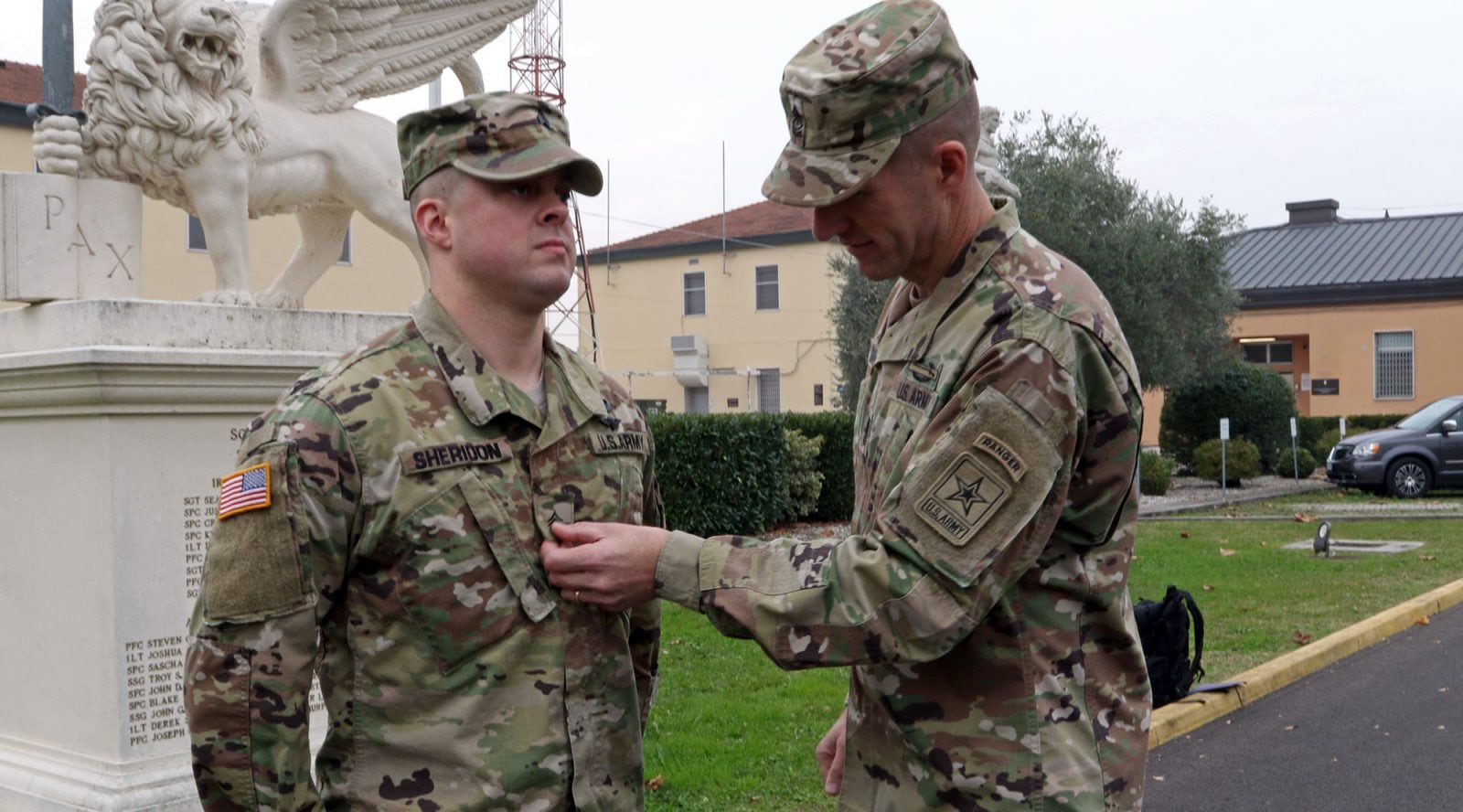If you recently pinned on E-4, be on the lookout for an email letting you know it’s time to enroll in the Distributed Leader Course. As of Feb. 1, it’s the first thing you’ll have to complete on the road to making sergeant.
DLC is replacing Structured Self-Development as the online complement to the Army’s in-house noncommissioned officer professional military education program, with six levels corresponding to each of the NCO ranks. It will be rolled out in stages through 2020.
“I think the biggest thing we’re proud about is the fact that the actual DLC course is tied to the brick-and-mortar schoolhouse,” Command Sgt. Maj. Jimmy Sellers, commandant of the U.S. Army Sergeants Major Academy, told Army Times in a Jan. 30 phone interview.

Previously, a soldier could log on and click through SSD 1 through 4 as soon as they arrived at their first unit, though regulations required that each of those be completed before attending the Basic Leader, Advanced Leader, Senior Leader and Master Leader courses.
“Before, you know, we didn’t have this right, because you could be a private or a specialist and complete all the way up to SSD level four,” Sellers said. “There were no parameters on it.”
And what a soldier learned in it didn’t correlate to course work in the NCO Academy leader programs.
Now, soldiers will be enrolled in each level of DLC as they move up in the ranks, and the concepts they study in each will be tested again in each schoolhouse.
“With that we kind of lost some focus on leadership principles within the Army, so that’s what Leader Core Competencies are bringing back,” Sellers said.
The LCCs ― Readiness, Leadership and Training Management, Operations, Communication and Program Management ― are moving away from the previous “common core” principles, which were different at each level of leader course.
Now, instead of learning management starting in SLC, for example, soldiers at every level will learn about it, in appropriate depth according to their rank.
Soldiers have 24 months from their promotion to complete DLC in preparation for the next step up, he said.
The interface itself takes soldiers through a “choose your own adventure” process, starting with a mission briefing.
Every subsequent decision takes the soldier down a different track, and at the end of the scenario, the soldier gets feedback on what went right and what could have gone better.

You can repeat DLC modules as many times as you want, but the system will only record your first passing score, which will be averaged with your in-resident PME grades.
The program is being phased in over the next year. Two of the levels, DLC I and II went live on Feb. 1
For soldiers who have already completed SSD 1, they will not have to also take DLC I to go to the Basic Leader Course.
The same goes for sergeants who have taken SSD 2 in preparation for ALC.
Staff sergeants headed to SLC and master sergeants headed to USASMA will continue to use SSD as the new system rolls out.
DLC III should go online this spring, while DLC V and VI are scheduled to go live this fall and next winter, respectively.
The new program is the biggest change to PME since 1973, when the principles behind SSD were developed.
To make sure that DLC stays fresh, the course developers will review everything after the first 24 months.
“And then go back and do some analysis and make sure that we’re reaching that target, the intended audience, and that the outcomes are what we designed the course to be,” Sellers said.

Next step: BLC
On the same day the first DLCs went live, Training and Doctrine Command also unveiled the new Basic Leader Course. It’s still 22 days long, according to a January Army release, but it now has four phases instead of three: Foundations, Leadership, Readiness and Assessment.
It also features the six LCCS that top senior enlisted soldiers have been touting in recent years.
“Whether you’re 11B at Fort Benning or you’re a 92 series at Fort Meade, you kind of view leadership in the same manner, understanding it in the same manner,” Sellers said of the new system.
Students at the new BLC will work collaboratively in groups of four, through 22 lessons and five tests ― none of which will be multiple choice.
“Newly designed training will utilize the six LCCs ... which is cutting edge and relevant for the modern day warrior, compared to the former BLC,” the release said. “It will also employ scenarios, practical exercises, collaborative team exercises, and applications against LCCs and leader attributes.”
The Army has been piloting the new model for a year, Sellers said.
“We made it more trainer-centric,” he said. “So that when soldiers go to it now, they’re learning how to become more of a trainer inside the leader course.”
Scheduling school
And every one of the Army’s resident BLCs will now start and finish on the same date, he added, so that soldiers and units can better predict when soldiers will be in school and when they will be coming back to their units.
For soldiers looking to line up a seat in a schoolhouse, Sellers said the new DLC protocol should make the selection process run more smoothly.
“The backlog that we had before ― because we were just sending anyone that met the requirements ― it occurred because everybody had already met the requirements, instead of being time-based, through each one of the gates to get there,” he said.
Now, soldiers will have to complete their required DLC course before getting orders to the NCO Academy, as well as before they make a board appearance.
RELATED

Army University
Beyond changing up the internal schooling landscape, leadership is also trying to change how NCO PME can be used beyond the Army.
For the past couple of years, the academy has been working to get USASMA accredited so that every new sergeant major will have the option to graduate with a bachelor’s degree in workforce development, and perhaps in the future, a master’s degree.
Right now, they’re waiting for Congress to give them the go-ahead, he said.
“When I think about it, there’s basically two things: What it does for the individuals who participate in the course, and their ability to get advanced education just by attending the course and graduating,” he added. “And then what I call the ‘cascade effect’ that it has on the rest of PME.”
The plan is to translate all of the leader courses into college credit, which will be recorded on a transcript that soldiers can take to civilian schools when they leave the Army.
MLC, for example, could count as up to 13 semester hours, Sellers said.
Meghann Myers is the Pentagon bureau chief at Military Times. She covers operations, policy, personnel, leadership and other issues affecting service members.




